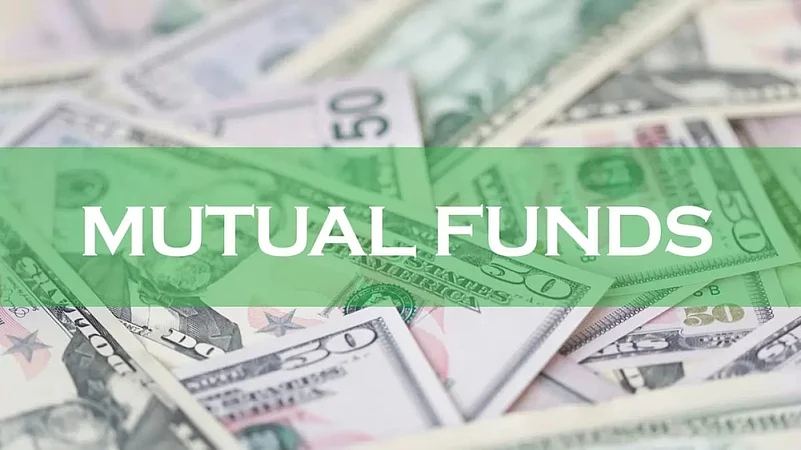Capital market regulator Securities and Exchange Board of India (Sebi) has granted “no objection” to IDFC Mutual Fund for its proposed change in ownership. IDFC Mutual fund has been acquired by a consortium comprising Bandhan Financial Holdings Limited (BFHL), GIC, and ChrysCapital.
Last month, the banking regulator, the Reserve Bank of India (RBI), also granted its approval, while the Competition Commission of India (CCI) had already approved the deal in August 2022. In April 2022, the Board of Directors of IDFC Limited and IDFC Financial Holding Company Limited approved the sale of IDFC Asset management company and IDFC AMC Trustee Company Limited to the consortium. After completing the proposed transition, BFHL will own approximately 60 per cent, and GIC and ChrysCapital will hold around 20 per cent each in IDFC AMC.
Also, after the transition, IDFC AMC will be renamed Bandhan Asset Management Company Limited and IDFC Mutual Fund as Bandhan Mutual Fund. Now, BFHL will be the sponsor of the mutual fund. As per the fund house communication, there will be no change in the management team. “The consortium of incoming shareholders envisages the continuity of the current management team and investment processes at IDFC AMC,” the fund house said in a press release. A person familiar with this development said the entire transition process would take around two months as they need to give a 30-day exit window to investors.
Is This Acquisition Different From L&T MF Purchase?
In the case of L&T MF acquisition by HSBC MF, the acquiring entity was into an MF business, and they have their own existing schemes. Typically, when a fund house is sold or merged with another fund house, schemes of the same type of both fund houses are merged. For instance, equity funds will merge with the equity schemes of the new entity. Similarly, debt, hybrid, and all other schemes will be merged with the same type of schemes of the new entity. Sometimes, this leads to a change in fund management and fundamental attributes of the fund. According to SEBI regulations, a fund house can only have one scheme in each category, except for a few classes, like an index fund, thematic funds, and ETFs. So, L&T MF schemes were merged with HSBC MF schemes. Similarly, in November 2021, when Sundaram MF acquired Principal MF, all schemes of the latter got merged with the former.
The case of IDFC acquisition is different from HSBC MF’s acquisition of L&T MF. In this case, IDFC Mutual Fund is acquired by a consortium led by Bandhan Financial Holdings Limited (BFHL), GIC, and ChrysCapital. This consortium does not have an existing mutual fund business. In this scenario, there will be only a change in sponsorship where Bandhan Board will replace the IDFC board. Hence, all the schemes will run as usual with the same fund management team.
What Should You Do?
The simple answer is "nothing". As per regulation, in case of a merger or acquisition of the fund house, investors can exit the schemes without paying any exit load. Accordingly, the fund house will give you an exit window, but you should not exercise this option because everything remains the same except the change in the name.
The fund house, through an email, has informed its investors about "no change in management and exit option". "The proposed changes do not cause any change in the management of our schemes. Hence, you should see your investments continue to be managed in line with the scheme's current strategy and with the same discipline that you have come to expect of us. As this is a material change in our schemes, we are offering all our investors a no-load repurchase option in line with SEBI (Mutual Fund) Regulations, 1996. You will shortly receive a separate communication in this regard," reads the mail sent to investors.














